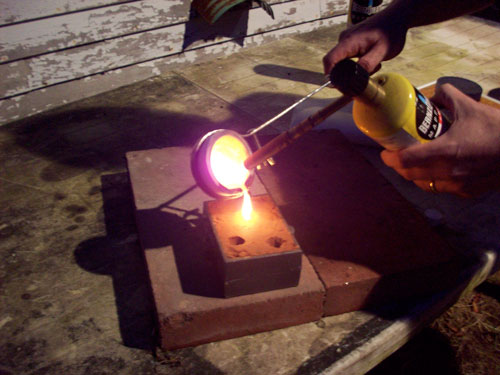My eldest son, Arthur, qualified at birth to participate in the Pidyon HaBen ceremony. Let me explain.
Torah commands that the first born males be given to God or to the service of God, whether livestock or people. For service, God selected the Levites to be his priests as a reward for not worshipping the golden calf, relieving the rest of the tribes from that responsibility. Nevertheless, the commandment to surrender your first born male remained. In the case of people, if the first born is a male, and he is born through natural (non cesarean) delivery, then he is to be handed over to the Levites. A compromise was achieved, and God allowed the parents to buy back their child from the Levites through the ritual of Pidyon HaBen. Traditionally this happens at 31 days, but there is no time limit.
We didn't know about PidyonHaBen when Arthur was born, and when our Rabbi, Akivah Herzfeld's, son was born, we became aware of the ritual. One of the requirements is that the child be redeemed to a Levi for the sum of five shekels of silver. Well, it turns out that you can't just go and get five shekels at the bank. We decided to make out own.


The first problem is the currency. It can't be representative money, like a dollar bill, which stands for something real. It has to be real currency, like bullion or silver coin, or something real that everyone agrees has a value of at least five shekels of silver. Many people turn to US Silver Half Dollars from the 1960s, which contain about 1 shekel of silver. Morgan silver dollars contain about 2 shekels. The Israeli government issued coins for this purpose at one time, but they don't anymore.
The second problem is what is a shekel. Since it referred to a specific weight of silver in ancient times, and since that weight varied over time and in different towns, we did some research and arrived at 0.4 ounces to be one shekel. Having determined the weight, we needed to get some silver and make the coins. My physicist friends are shrieking at using weight and not mass, but those distinctions were philosophical rather than practical in ancient times.
My prepress operation at Working Words generates silver waste, which I capture and use for making jewelry and other things, like dreidels. After refining by melting in a furnace, the silver is >90% pure. With this information, we were able to determine the weight of each coin that satisfies one shekel of silver.
We made a density calculation to figure the volume of silver required to have a one shekel result, and then determined the density of Sculpee, a common modeling clay. The density ratio told us how much Sculpee to use to make the coins. We chose Sculpee for its ease of sculpting and for the fact that we could reuse the blanks many times.
AJ, Teddy and I each made some Sculpee coins, and then we let them cure in the oven. After curing, we put the coins into a Delft sand mold, pounded the heck out of the sand, and removed the coins to leave a void. Next, we poured molten silver into the sand mold, let it cool, and then cleaned off the burned sand. After grinding off the sprue, we checked the weight of each coin, and we were right on the money, so to speak.
Our resident Kohen was delighted with the result, and accepted the coins gladly. Since AJ was 13 1/2 at the time, we couldn't present him on the traditional silver platter, but Teddy is crafty, and made a cardboard and aluminum foil substitute that met the spirit of the tradition.




It seems that you've put a good amount of effort into your post and I want a lot more of these on the web these days. I googled it on this subject and I believe many people might agree with your article. Well, anyways it certainly was very informative for me.